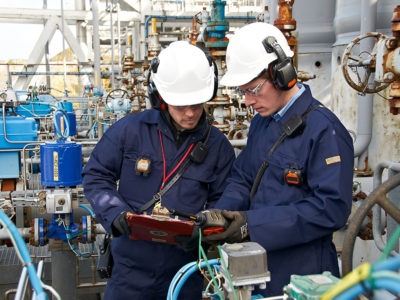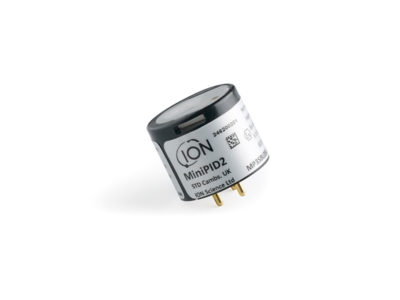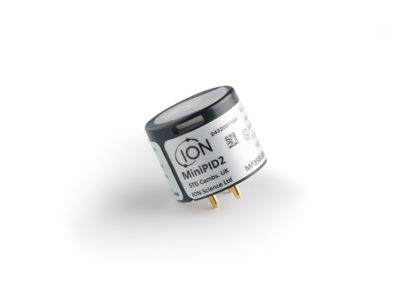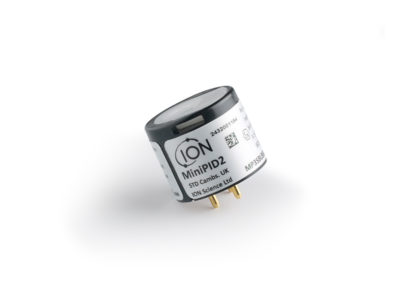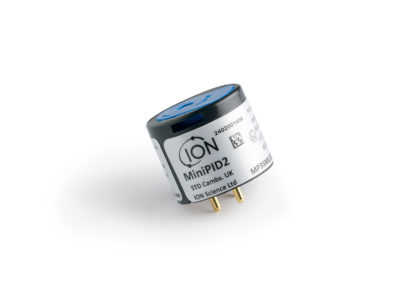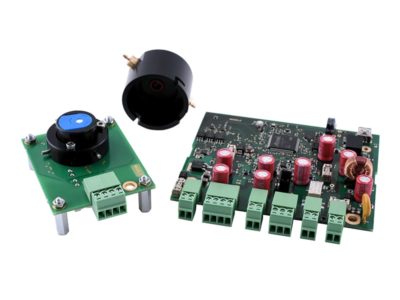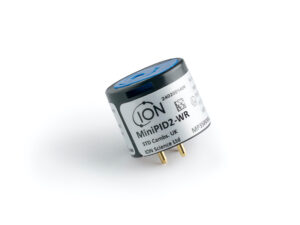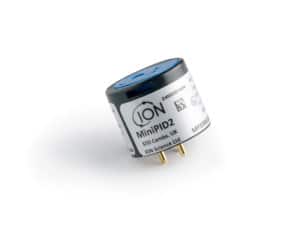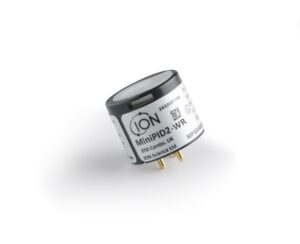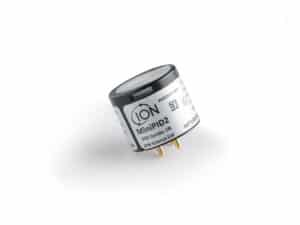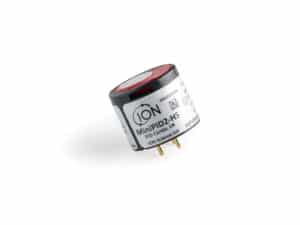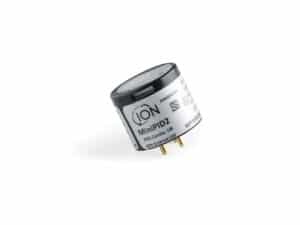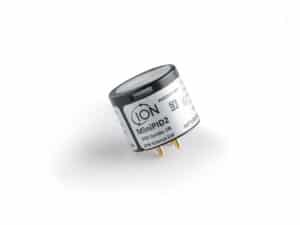
Monitoring VOCs Indoors
Some VOCs, such as formaldehyde and benzene, are especially hazardous to health
The legal limits on emissions of and exposure to VOCs vary from place to place, and are set by authorities including the European Union and the United States Occupational Safety and Health Administration OSHA. In the UK, there are currently no indoor air quality guidelines for individual volatile organic compounds. In their absence, the recently revised Department for Education Guidance BB101: Ventilation, thermal comfort and indoor air quality (DfE, 2018) recommended the use of the WHO (2010) Indoor Air Quality (IAQ) guidelines.
Commercial AQ Monitor Comparison
Some VOCs, such as formaldehyde and benzene, are especially hazardous to health. The importance of measuring and controlling such VOCs is recognized in keener guidelines on air quality, and more broad concern about air quality from employers and the general public.
The selective measurement of formaldehyde and benzene is not readily achieved without recourse to sampling gas pre-conditioning. That usually means pneumatics which enable the target gas to be separated, either chromatographically (‘micro-GC’) or chemically (‘benzene tubes’, ‘chem tubes’). In such devices, the sensor is only part of the cost and supporting pneumatics, and in the case of tubes, manual handling, and disposal, raise the cost and limit the deployment of selective devices. There is now a large market for sensors of fairly low power demand (10’s mA), at a price point of ~$100’s or less, which measure many, if not most of the VOCs that impact on air quality to provide a measure of the total VOC concentration (TVOC). This lack of selectivity would at first glance seem to fatally compromise such a sensor. After all, many VOCs such as ethanol cause little concern at concentrations many thousands of times the concentration at which benzene or formaldehyde, say, are harmful. However, generic VOC measurements are attractive and effective because:
- unpolluted air contains very low TVOC levels, enabling measurement of any polluting VOC at low concentrations.
- in polluted air, the source and identity of VOCs can often be anticipated e.g., hydrocarbons in a service station.
- VOCs often ‘co-present’: a TVOC signal may act as a marker for the presence of a particular hazardous VOC, eg benzene co-presented with other VOCs, or even the detection of a genetic condition, eg a kitchen in need of ventilation.
- the ability to sense many VOCs with one sensor provides a commercial economy of scale
”These attributes endorse TVOC detection as a diagnostic for indoor ventilation or other actions which limit human exposure to specific and hazardous compounds in air. They should help us to rate the performance of TVOC sensing technologies. In this document three commercial TVOC sensors, the metal oxide sensor, the electrochemical sensor and the photoionisation detector (PID), are compared in the light of these considerations. Much more comprehensive comparisons of the commercial VOC sensors are available, but they tend not to provide a general overview as is intended here. In this document, no critique of any specific technology or manufacturer is intended. Indeed it attempts only to present the author’s own subjective view of commercial sensors.
L.Spinelle, M.Gerboles, G.Kok, T.Sauerwal, ‘Review of low-cost sensors for the ambient air monitoring of benzene and other volatile organic compounds’; EUR 27713; doi: 10.2788/05768
The Metal Oxide Semiconductor Sensor (MOS)
Some Metal Oxide Sensors (MOS) sensors include humidity measurement to enhance measurement integrity, but the effect of this weakly reducing gas in the presence of a VOC is clearly not additive. The minimum detection limit is also very much a question as to how long one is prepared to wait. It also means that specifications for the sensor need careful interpretation.
The Electrochemical Sensor (ETO)
The distinct advantage of the electrochemical sensor over the metal oxide sensor (MOS) is a sensor response to VOC concentrations extending to 10’s ppm, but most especially, this linearity extends down to near zero VOC concentrations, and the relative response to different VOCs does not change significantly with VOC concentration.
Photoionization Detection (PID)
In recent years, commercial photoionization detection (PID) sensors have progressively improved in performance at the lower limit of detection. Background currents of just a few ppb TVOC (isobutylene equivalent) have been measured, with PID delivering a resolution to less than 1 ppb, and linearity within ±10% in the range 0 to 10 ppm.
Download our guide to discover more information regarding each sensor and the benefits of each.
Download our FREE Guide
“Commercial AQ Monitor Comparison”
The commercial AQ monitor comparison guide which can be downloaded below provides the reader with an in-depth balance of knowledge regarding the main advantages and disadvantages of the AQ VOC sensors under review; MOS, ETO & PID. It is probably fair to say that the identified disadvantages of the sensors are all a matter of intense research on the part of sensor manufacturers and their technology partners. AQ sensors are commonly deployed with other sensors, such as for CO2 and particulates, which may influence the cost and performance expected of the VOC sensor.
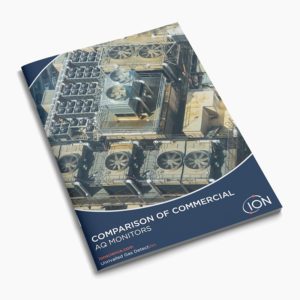
Related Guides
Photoionization Detection Sensors For Monitoring VOCs Indoors
Download your FREE Guide
Simply complete the form below to obtain your FREE Guide on “Commercial AQ Monitor Comparison”.
